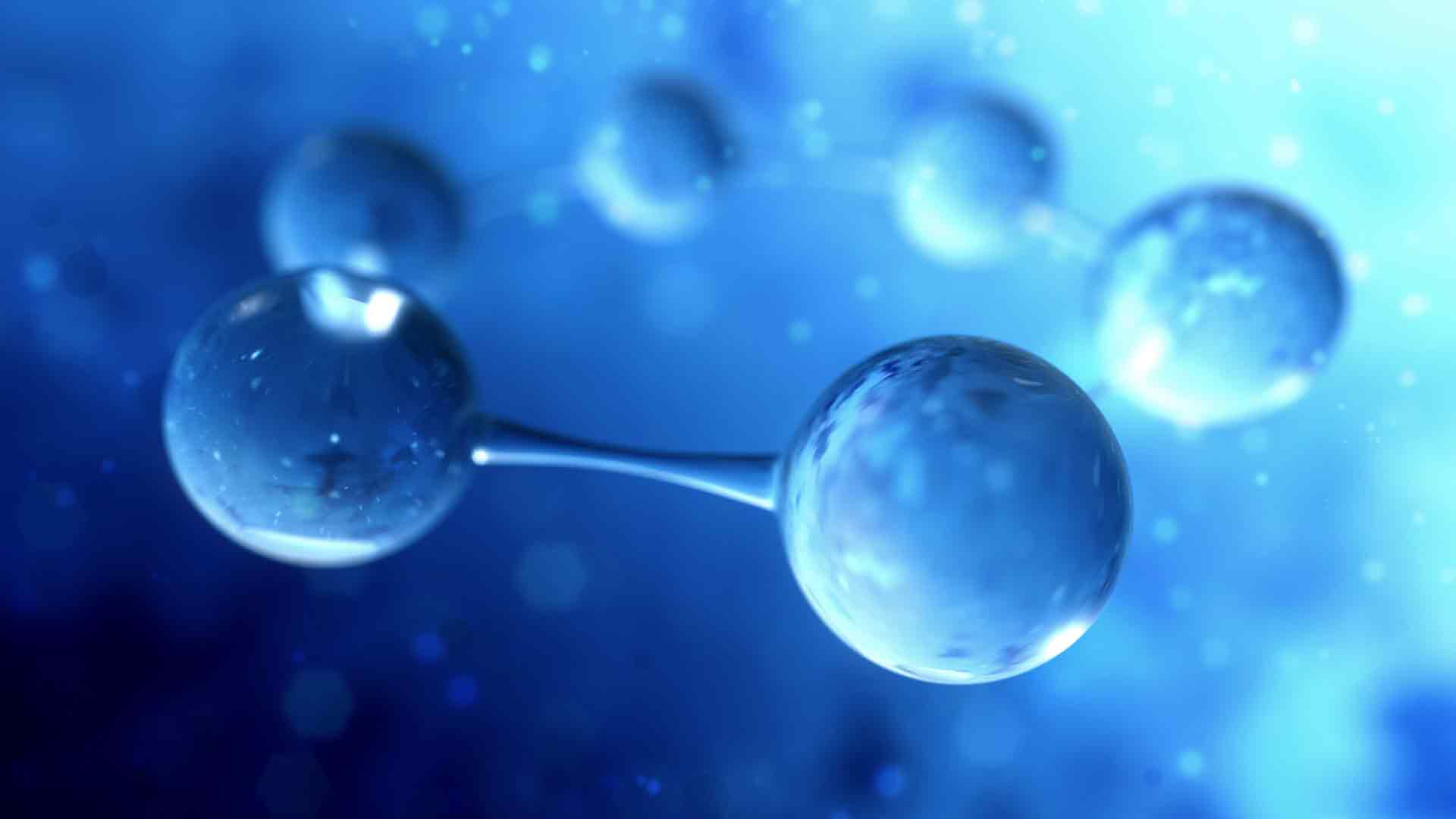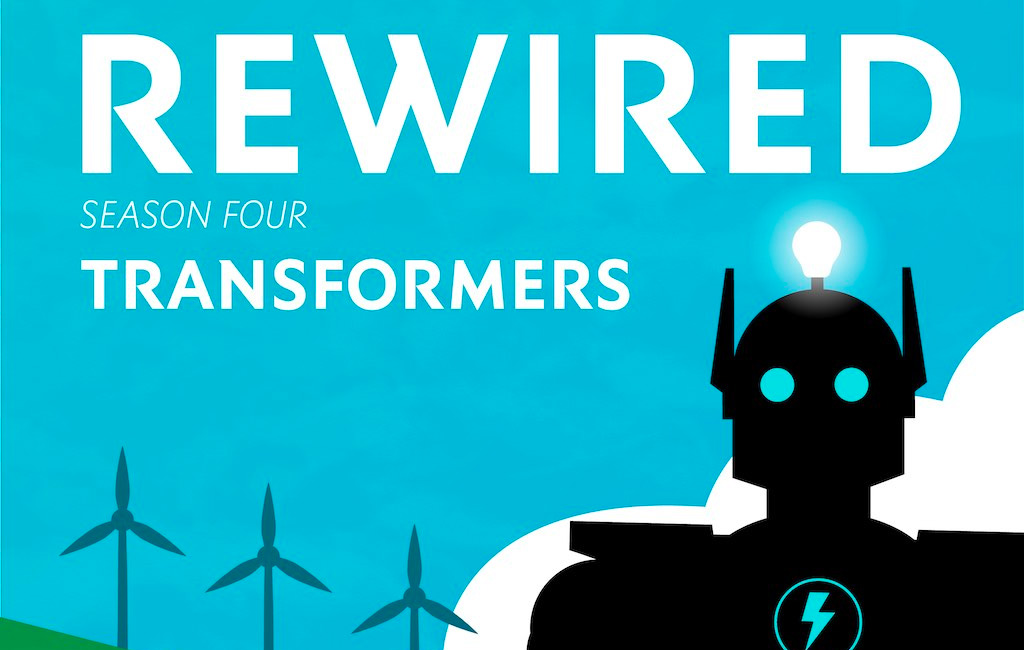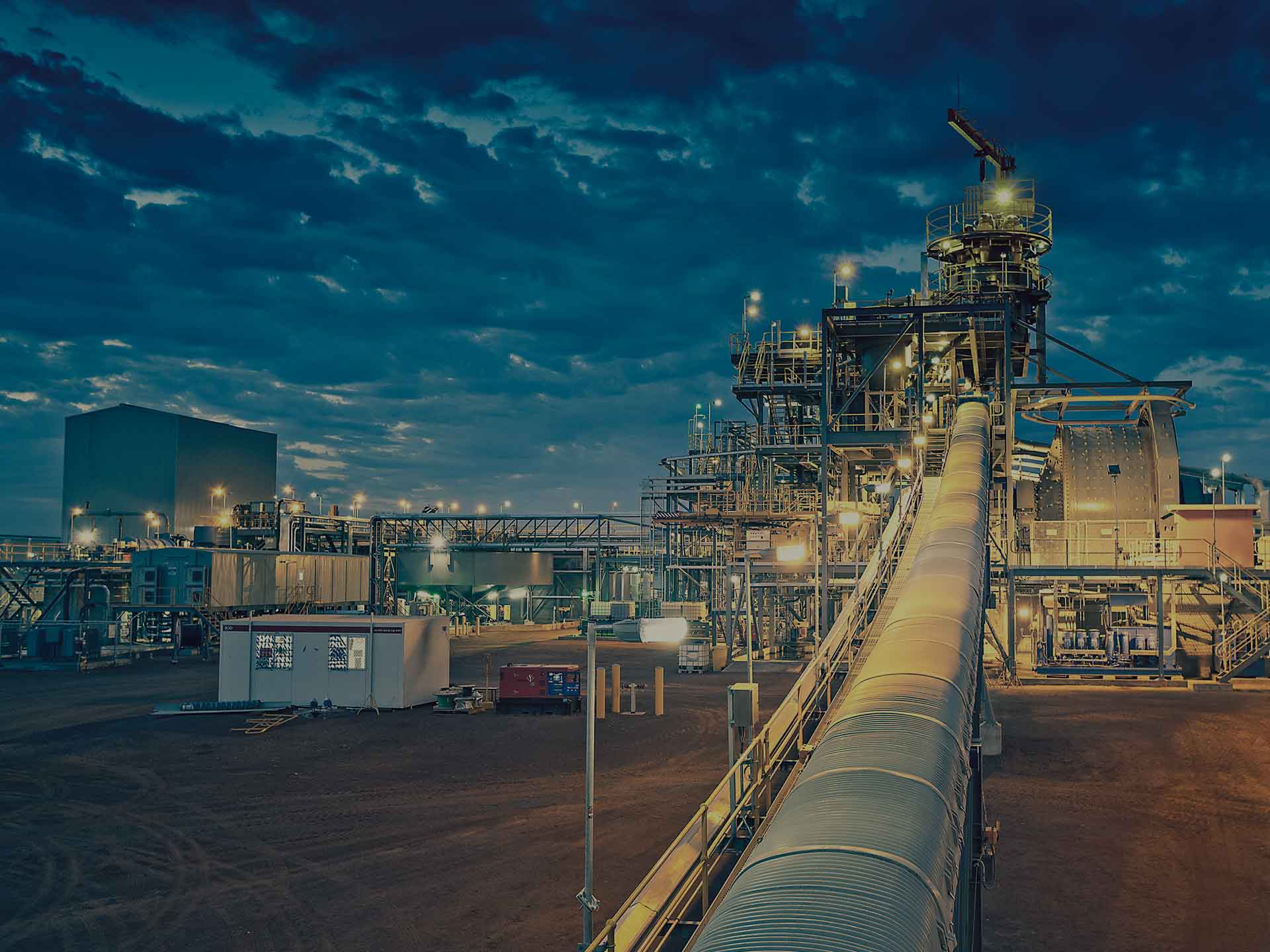What is hydrogen energy?
Hydrogen is the most common chemical element in the universe. It can be stored as a gas or liquid, or made part of other molecules, and has many uses such as fuel for transport or heating, a way to store electricity, or a raw material in industrial processes.
When it is produced using renewable energy or processes, hydrogen is an emissions free fuel and becomes a way of storing renewable energy for use when it is needed.
Hydrogen energy can be stored as a gas and even delivered through existing natural gas pipelines. When converted to a liquid or utilised to produce another suitable material such as ammonia or alumina, hydrogen can also be transported on trucks and in ships. This means hydrogen can also be exported overseas, effectively making it a tradable energy commodity.
Hydrogen in Australia
Like the rest of the world, currently the main use of hydrogen in Australia is as a raw input to industrial processes. Renewable hydrogen use in Australia would help us to reduce emissions in those high-temperature industries.
Renewable hydrogen could also be used in chemical and fertiliser production, other heavy industries, transport sectors and to provide firming for the grid. Green hydrogen could be exported as a liquified gas or other derivatives such as green ammonia. Hydrogen can also be used in the processing of Australia’s abundant raw materials and could be used to produce green iron or alumina. In this way, hydrogen allows us to embed renewable energy in green or low emission commodities for export.
Hydrogen can be used as a sustainable fuel for heavy vehicles and aviation. Hydrogen can also be blended into the gas pipelines for domestic use.
The Australian Government, industry and researchers have undertaken a substantial amount of work to quantify the opportunities of renewable hydrogen in Australia. The Australian Government undertook the development of a National Hydrogen Strategy which will be refreshed in 2023.
The Australian Government has also established the $2 billion Hydrogen Headstart initiative which will aim to scale up large green hydrogen projects in Australia.
According to research conducted for us, demand for hydrogen exported from Australia could be over 3 million tonnes each year by 2040, which could be worth up to $10 billion each year to the economy by that time.
Explore hydrogen energy resources
How are we supporting the hydrogen industry?
For six years, we have been the leading agency at the forefront of hydrogen innovation in Australia. We have supported green hydrogen projects from early stage research to world-first commercial scale deployments with the aim of scaling up green hydrogen production, improving cost competitiveness of green hydrogen and building capability in Australia’s hydrogen sector.
To date, we have provided $236 million to 43 renewable hydrogen projects from early stage research to deployment projects and studies. Projects have included hydrogen refuelling and hydrogen trucks, hydrogen for producing green ammonia, hydrogen for use in alumina refining, gas blending and remote power.
In 2021, we announced it would commit funding towards the first commercial scale hydrogen electrolyser projects as part of the Hydrogen Deployment Round. The first of these projects, Engie’s Project Yuri at Yara’s Pilbara fertiliser plant reached financial close in 2022 and is now under construction. Once built, this facility will produce hydrogen to be used in the production of green ammonia.
In 2022, we provided a $13.7 million grant towards Fortescue Future Industries’ $38 million front-end engineering and design (FEED) study to build one of the world’s largest renewable energy powered electrolysers in Queensland to power Incitec Pivot’s Gibson Island ammonia facility.
In 2023, we announced a second FEED study at Stanwell’s Gladstone facility.
In April 2023, we announced $25 million towards the Hydrogen Research & Development (R&D) Funding Round, which will support research and development activities in renewable hydrogen production, storage and distribution.
Earlier in 2023, we committed $50 million in funding towards HyGATE, an Australian-German joint initiative to deliver hydrogen projects in Australia. Four projects funded under this initiative will support the technical viability of renewable hydrogen, reducing the cost of hydrogen production, transport, storage and use.
Most recently in the 2023-24 Federal Budget, the Australian Government established the $2 billion Hydrogen Headstart initiative, a revenue support program to scale up green hydrogen in Australia.
The program aims to support two to three flagship renewable hydrogen projects. The program will support ongoing operational costs of large scale green hydrogen projects in Australia over a ten-year period in the form of a production credit.
We have been allocated funding in the Federal Budget for the program design of Hydrogen Headstart with the Department of Climate Change Energy Environment and Water, and in consultation with industry.
What do we look for in hydrogen energy projects?
- feasibility studies or development funding for large-scale electrolyser projects
- commercial-scale deployments of large-scale electrolysers focused on industries and applications with large potential demand for hydrogen
- demonstration-scale projects involving electrolysers in transport with hydrogen production replacing diesel
- projects that support the implementation of the National Hydrogen Strategy
- projects that demonstrate the use of renewable hydrogen in industrial processes
- projects that demonstrate technologies able to address technical challenges along the rest of the hydrogen value chain, including storage, compression and transport.
Knowledge Sharing
We share knowledge, insights and data from our projects to help the renewable energy industry and other projects learn from each other’s experiences.









